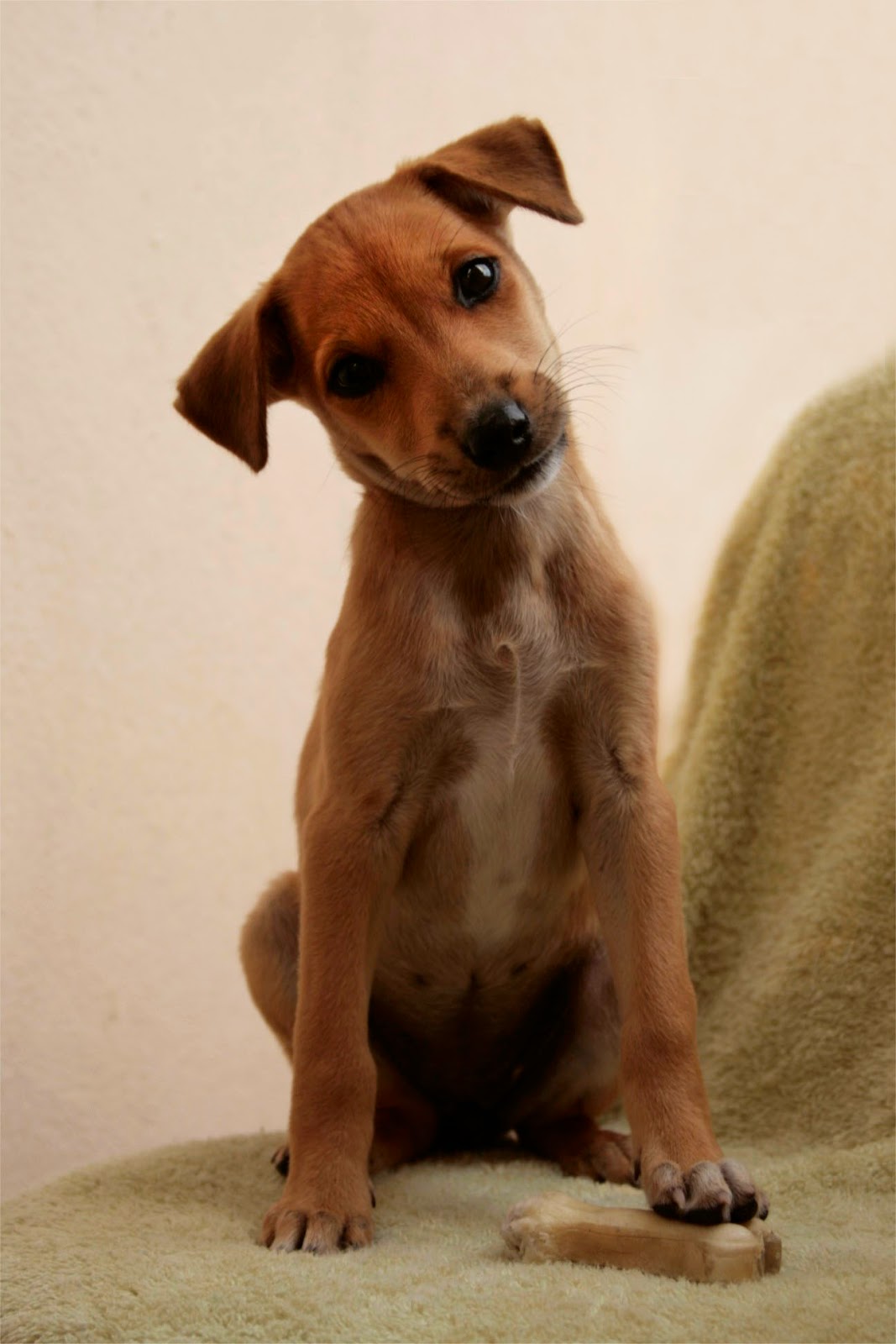In the springtime, the southwestern edge of my apartment
courtyard becomes a butterfly highway. Sandwiched between two concrete walls,
edged with barbed wire, I sit on a small patch of grass watching them fly
by. They bob through the branches of a
few trees, flowing with gusts of wind, around the sharp leaves of bamboo trees,
up and over the wall. They often slip
between the spaces of taut barbed wires not much larger than themselves,
seemingly oblivious to the jagged spurs that could destroy a wing.
Sometimes they take breaks on the leaves of bamboo stalks,
or on the curls of fallen leaves. They
bask in the sun to warm their fragile bodies, pumping wings providing glimpses
of otherworldly colors. The most common
are the small ones that harbor pale shades of green and yellow. Once when I held one, its color remained on
my fingertips, long after it flew away, its brilliance shimmering like fairy
dust. Others butterflies are varying
shades of brown, easily camouflaging themselves on the bark of trees. The black ones with tiny dots of color
flitter like small vortexes in the sky, commanding the eye to behold their
fleeting presence. My favorites are the
giant ones with wings of shifting shades of bright blue and green, lined
sharply in black. They weave around
various obstacles, up and over that wall, to a world beyond which I cannot
see. I sit there amongst fallen leaves,
counting them fly by in haste, wondering to myself what butterfly business they
could all be participating in.
In Hindi, the word for butterfly is Titali. Somehow I feel
this name is more fitting. The word is
broken into short and fast syllables, the sound sweet when vocalized, embodying
their flittering movement and their beauty. In Sanskrit, the word for butterfly is Chitrapatanga, composed of two words – chitra meaning “picture,” and patanga meaning “flying insect.” Chitrapatanga
then, is “the flying creature worthy of a picture.”
Indeed a titali
is worth photographing. Yet, the
luminosity of their colors cannot be as vividly recorded in a photograph as
when witnessed with the naked eye. Modern science attributes the striking colors
of butterflies to iridescence, an intricate phenomenon that involves the
filtration of light through layers of scales on their wings, creating multiple
reflections, ultimately amplifying color perceivable to the eye from various
angles.
Their unique ability to play with light makes them one of
the most attractive insects on Earth.
Beyond their shimmering wings, I think most people like butterflies
because of their symbolism. Across many cultures, they are a symbol for
metamorphosis, both in the literal and intangible sense. Caterpillars face immense obstacles before
becoming such delicate beauties. And as adults, butterflies have to take care
to survive seemingly harmless natural elements like the wind or rain. Butterflies
represent perseverance – the ability to face all obstacles and transform into a
being of extraordinary beauty. Their
delicateness reflects this, their presence reminding us that life is fragile.
While humans are reminded of the delicateness of life, for butterflies,
daily life is becoming increasingly fragile, the obstacles growing greater through
environmental degradation. The
prevalence of habitat loss, and the extensive use of pesticides and chemical
fertilizers create greater burdens for the existence their species, not just in India, but across the world. In a much larger sphere, climate change is
disrupting natural cycles; its effects reverberating throughout the ecosystems and
worsening the environmental conditions through which the butterfly must
struggle to survive.
Throughout the environmental classes I took for my B.A., I read
how butterflies play the role of indicator species – a term given to specific
species who are sensitive to environmental changes. Their presence, or lack thereof, in a given
ecosystem is an indicator to the environment’s health and vitality. At an alarming rate, many species of
butterflies are facing extinction; a issue that serves as a testament to the
environmental degradation we are ultimately the root cause of. The extinction of any butterfly species, in
any part of the world, in any ecosystem, inevitably creates an irreversible
loss to the web of life, ultimately degrading the Earth’s biodiversity.
The threats of extinction for butterflies are also degrading
something less tangible, but something I feel to be immensely important. The disappearance of such wonderful creatures
is slowly deteriorating one of the world’s greatest symbols of surviving and
thriving in a world ever changing.
Butterflies are the embodiment of hope for the future of Mother Earth,
its ecosystems, and all living beings – animals, plants, us. If we lose them, we lose hope.














